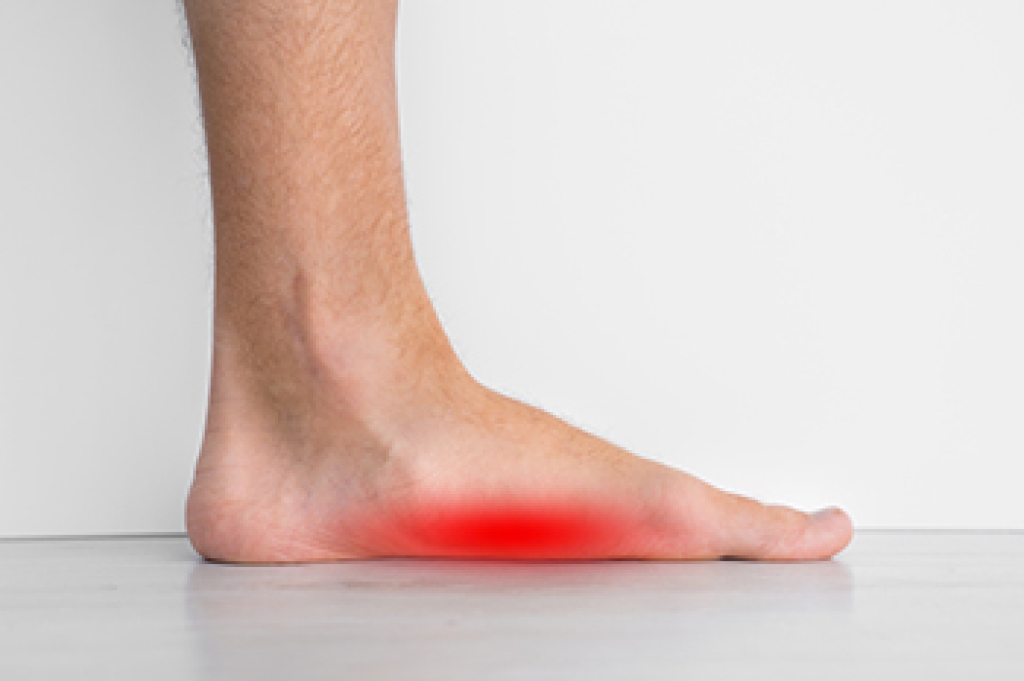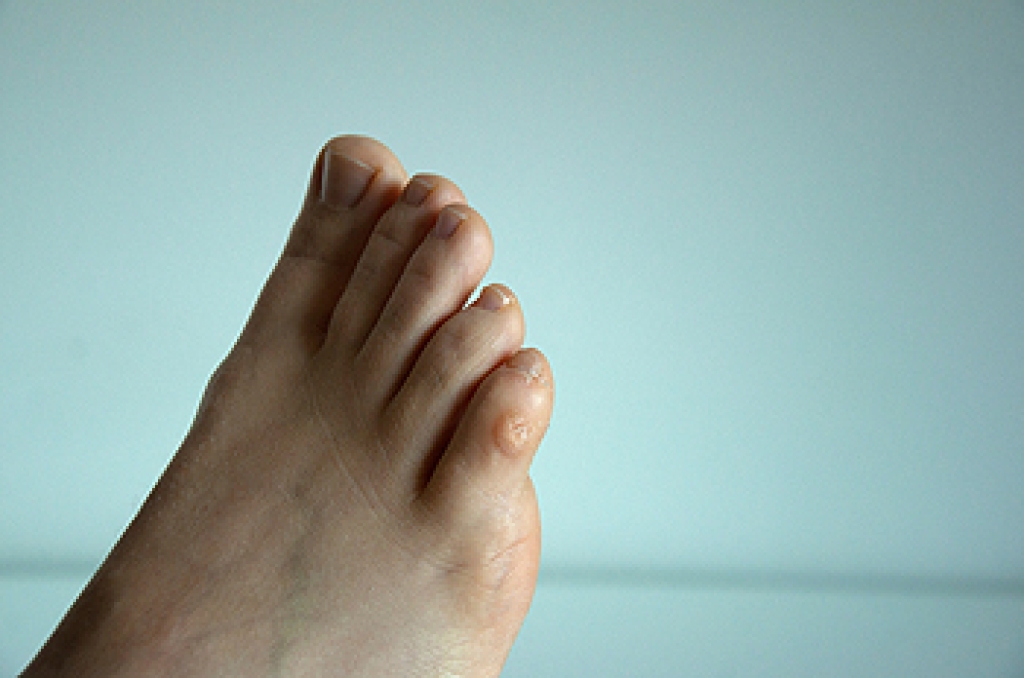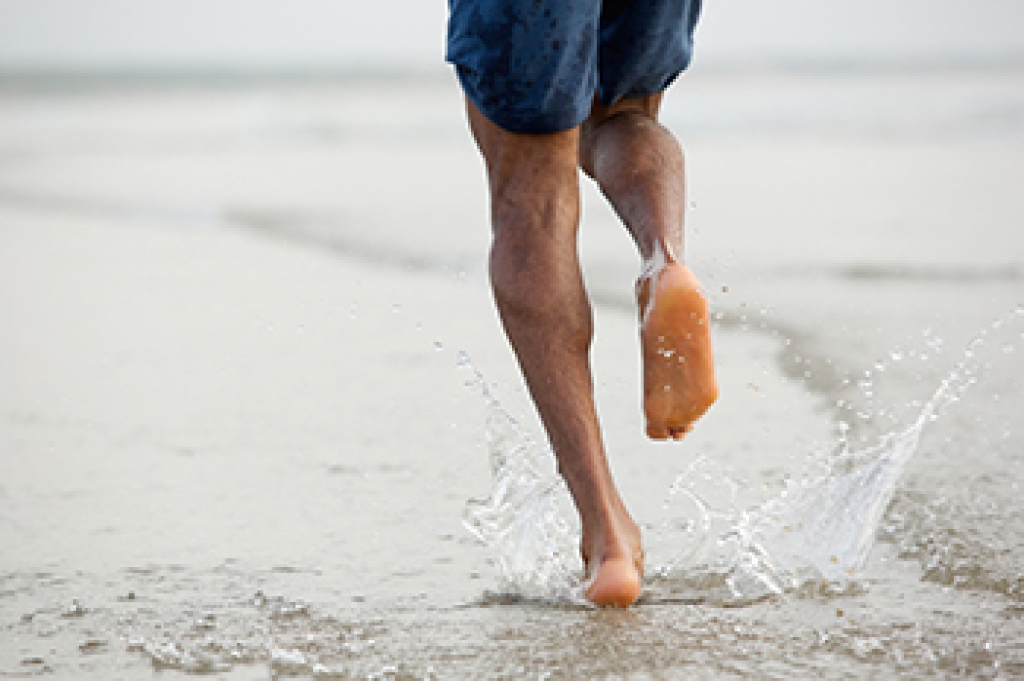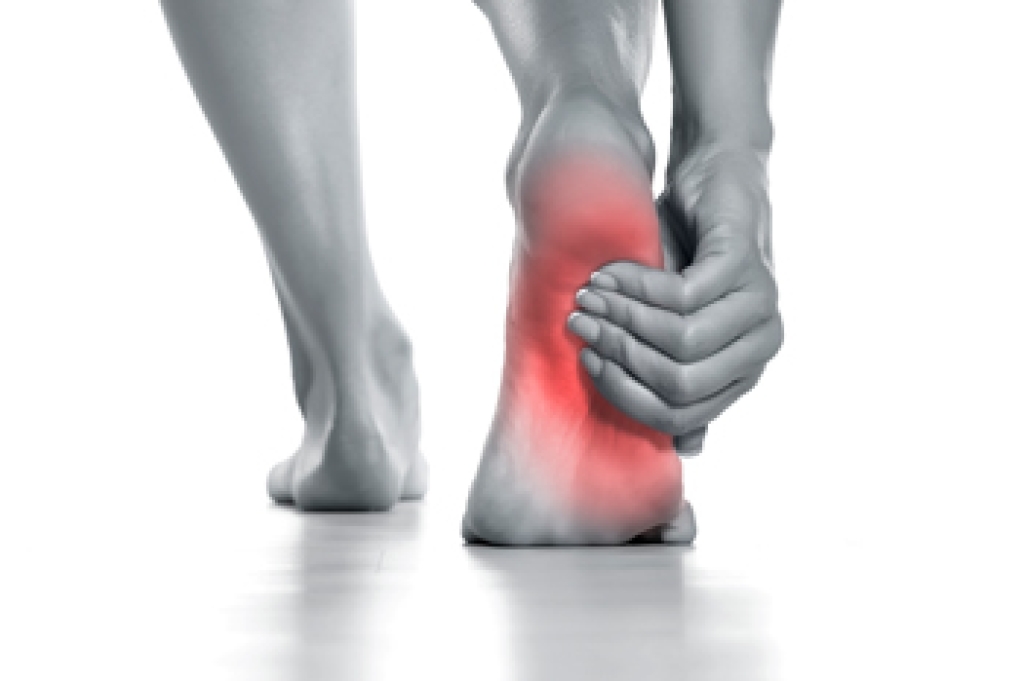Blog
Exploring the Link Between Genetics and Flat Feet

Flat feet, a condition where the arches of the feet touch the ground when standing, has been a topic of interest in understanding the influence of genetics on foot structure. Emerging evidence suggests a genetic predisposition to flat feet, where certain inherited traits may contribute to the development of this common condition. Family history plays a significant role, with individuals more likely to experience flat feet if their parents or close relatives have the same condition. The intricate interplay of genetics and environmental factors shapes the foot's biomechanics, influencing arch formation. While genetics may set the stage, other factors such as obesity, injury, or aging can also contribute to the development of flat feet. Acknowledging the genetic component of flat feet provides valuable insights into preventive measures and targeted interventions. If you have flat feet and feel pain from them, it is suggested that you consult a chiropodist who can guide you toward correct shoe choices, in addition to specific stretches that can strengthen the feet, and other relief options.
Flat feet are a common foot condition. If you are experiencing pain or discomfort due to flat feet, please consult with one of the specialists from Thornhill Foot Clinic. Our chiropodists will assess your condition and provide you with quality foot and ankle treatment.
What Are Flat Feet?
Flat feet are feet that do not have a well-defined arch in the middle of the sole of the foot. Flat feet may be flexible or rigid. Flexible flat feet have an arch when there is no pressure put on the foot, such as when one is sitting, but the arch disappears upon standing. Rigid flat feet lack an arch regardless of whether one is standing or not.
Causes
Flat feet can be present from birth or acquired over time due to a weakening of the ligaments in the arch. Sometimes flat feet are caused by illnesses, injuries, or pregnancy.
Symptoms
Flat feet often cause no noticeable symptoms. However, some people may experience pain and discomfort due to their flat feet.
Symptoms associated with flat feet include:
- Pain in the arch, heel, ankle, or along the outside of the foot
- Overpronation of the foot
- Shin splints
- Aching or fatigue in the feet or legs
- Pain in the knees, hips, or lower back
Treatment
In cases where flat feet cause symptoms, there are various treatments available. Wearing orthotic inserts in your shoes to provide more arch support, performing stretches, and taking medications may improve your symptoms. If you are overweight, losing weight can help relieve pressure on the feet. In severe cases, surgery may be considered.
If you have any questions, please feel free to contact our office located in . We offer the newest diagnostic and treatment technologies for all your foot care needs.
Dealing With Corns on the Feet

Corns on the feet are often triggered by chronic pressure or friction. They arise from factors like wearing poorly fitting shoes or foot deformities, and can lead to discomfort and inflammation. A corn is a lesion with a central conical core of keratin. There are two subtypes of corns, which are hard and soft corns. The hard corn, the most common type, appears as a dry, horny mass with a hard central core, often found on the side of the pinky toe or on the joints of the lesser toes. On the other hand, the soft corn results from excessive moisture absorption, presenting as a macerated lesion that commonly develops between the fourth and fifth toes. Both hard and soft corns are frequently associated with a hammertoe deformity. Treatment approaches vary, with conservative measures like cushioned pads being effective for young individuals with a fixed deformity. Surgical correction may be considered for nonresponsive cases, especially in older patients with fixed deformities. If persistent discomfort is experienced from corns, it is suggested that you schedule an appointment with a chiropodist for personalized guidance and effective management.
Corns are small bumps or dry, hardened skin that can arise on the feet, usually in response to friction. Corns can be asymptomatic, or they can be uncomfortable or painful. If you have corns that are bothering you, please consult with one of the specialists from Thornhill Foot Clinic. Our chiropodists can help you maintain the health of your lower limbs and your mobility.
There are three types of corns:
- Hard corns
- Often occur on the tops of toes
- Feature a hard core surrounded by dry, irritated skin
- Can be painful
- Soft corns
- Often occur in between the toes
- Soft due to constant exposure to sweat
- Can be painful
- Seed corns
- Tiny
- Often occur on the soles of the feet
- Usually asymptomatic
Corns can be prevented by wearing shoes that fit properly. They are typically benign and don’t require medical treatment. However, if your corns are causing you pain or discomfort, don’t hesitate to reach out to a chiropodist near you for treatment options. If you have any questions, please feel free to contact our office located in . We offer the newest diagnostic and treatment technologies for all your foot care needs.
Bones and Joints in the Feet Working Together

Within the intricate architecture of the human foot, a symphony of joints and bones collaborates harmoniously to support our daily movements. The foot's foundation comprises 26 bones, meticulously arranged to form arches and curves that absorb the impact of each step. These bones are connected by a network of joints, facilitating flexibility and mobility. The ankle joint, a pivot point, enables the foot to flex and extend, while the subtalar joint beneath it allows for side-to-side movement. Ligaments, acting as sturdy bands, connect bones and provide stability. The metatarsophalangeal joints at the ball of the foot permit weight distribution during propulsion, allowing for a smooth transition from heel to toe. This intricate interplay ensures the feet's adaptability to various surfaces and activities, highlighting the remarkable biomechanics that comprise our every stride and step. If you are seeking additional information about the intricacies of the bones, joints, and ligaments in the feet, it is suggested that you consult a chiropodist.
The biomechanics of your feet play an important role in your foot health. To learn more, please consult with one of the specialists from Thornhill Foot Clinic. Our chiropodists can help you maintain the health of your lower limbs and your mobility.
Foot biomechanics refers to the study of the structure, function, and motion of the feet. The feet and ankles are a complex system consisting of many bones, joints, ligaments, muscles, and tendons that work together to move your feet. Understanding the unique biomechanics of your own feet can help you and your chiropodist make informed decisions about your foot health care. This includes decisions about the best preventive measures to avoid foot pain, the best treatment options for various foot problems, and finding the best shoes for your feet.
If you have any questions, please feel free to contact our office located in . We offer the newest diagnostic and treatment technologies for all your foot care needs.
Causes of Sharp Foot Pain

Sharp foot pain can stem from various causes, with ill-fitting shoes being a primary factor. Investing in well-fitted footwear is essential. High heels, in particular, exert excessive pressure on the toes, potentially leading to sharp foot pain. Medical conditions that contribute to sharp foot pain, including diabetes, leg deformities, and neurological disorders such as cerebral palsy or Parkinson's disease. Pushing your body beyond its limits through excessive exercise is another underestimated cause of sharp foot pain. Plantar fasciitis, a common source of sharp foot pain, involves inflammation of the tough fibrous tissue, the plantar fascia, resulting in discomfort, especially during the morning and in the bottom and front of the heel. This condition may lead to heel spurs, bony projections that can increase the pain. Seeking immediate attention from a chiropodist when you experience sharp foot pain is important, especially when dealing with conditions like plantar fasciitis and heel spurs. Diagnosis through X-rays and appropriate treatments can help alleviate sharp foot pain and restore mobility. For assistance in dealing with foot pain, it is suggested that you schedule an appointment with a chiropodist.
Foot pain can have many causes. To receive an accurate diagnosis and treatment for your foot pain, please consult with one of the specialists from Thornhill Foot Clinic. Our chiropodists will assess your condition and provide you with quality foot and ankle treatment.
Causes
There are a variety of different conditions that can cause foot pain, including:
- Plantar fasciitis
- Deformities, such as bunions or hammertoes
- Injuries to the muscles, bones, tendons, or ligaments in the feet
- Arthritis
- Flat feet
- Ingrown toenails
Symptoms
The type and location of your foot pain can help determine what may be causing it and what type of treatment options are best for you.
Common types of foot pain include:
- Heel pain
- Arch pain
- Toe pain
- Ball of foot pain
- Pain that has a stabbing, burning, or tingling quality
- Pain that is constant, intermittent, or that gets better or worse depending on the situation
Diagnosis
A thorough medical history and physical examination of your feet will be required to determine a diagnosis. Imaging studies, such as X-rays or MRIs may be performed to rule out or confirm certain diagnoses.
Treatment
Treatment will depend on the cause of the pain. Common treatments for foot pain include resting, icing, compressing, and elevating the affected foot, wearing orthotics, or taking anti-inflammatory medications.
If you have any questions, please feel free to contact our office located in . We offer the newest diagnostic and treatment technologies for all your foot care needs.

